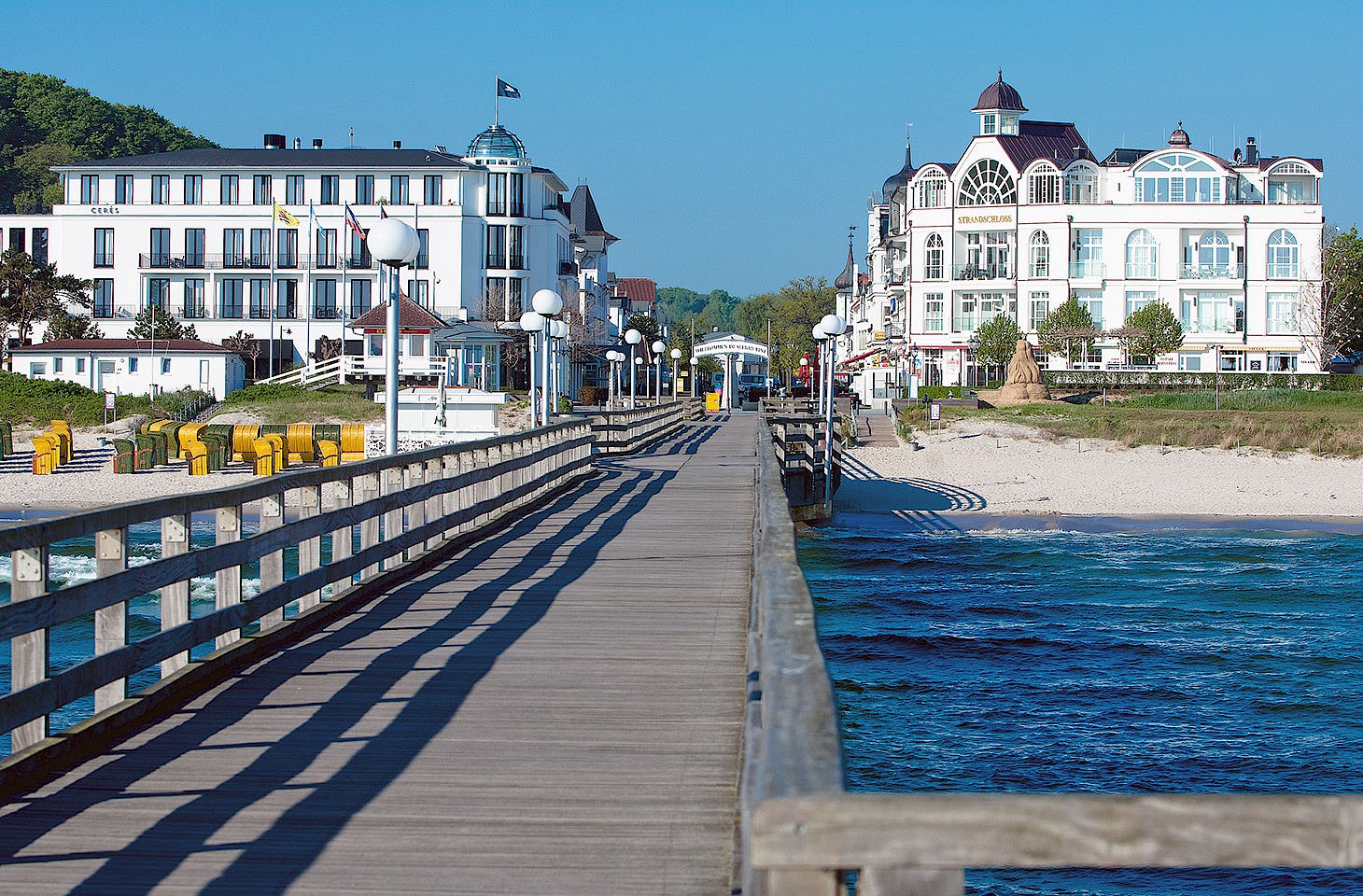There is a revealing section in Starfall: A Triptych by the Swedish playwright Lars Kleberg. First published in Swedish in 1988, and translated into English in 1996, Starfall is a clever and bold series of imaginary dialogues set between 1932 and 1940. The Russian film-maker Sergei Eisenstein features in all three dialogues.
It is the third and last encounter in Starfall which highlights Vitebsk. Here Sergei Eisenstein has a supposed conversation with the philosopher and literary critic Mikhail Bakhtin in Moscow in spring 1940. The imaginary encounter takes place, a little improbably, at the planetarium in Moscow. Against a backdrop of Ride of the Valkyries, the two men converse casually about Wagner and psychoanalysis. Then Bakhtin interjects: “Now I remember when I have seen you before. In Vitebsk in 1920.”
For the city of Vitebsk the year 1920 was the annus mirabilis when, for one long glorious summer, the full revolutionary potential of Soviet art and literature seemed imminently achievable.
For Lars Kleberg’s characters, the mere referencing of Vitebsk in 1920 conjures up the broad cultural fervour of post-Revolutionary Russia — for it was in this city that debates over the future of art found their fullest expression. But those debates were not without their casualties. Marc Chagall, born into a poor Jewish family in Vitebsk in 1887, was to leave his home city in summer 1920, never to return. In a city where, as Chagall had written in April 1920 to a correspondent in Berlin, “artists have the upper hand,” Chagall suddenly found himself sidelined. He perceived himself to be terrorised by revolutionary correctness.
Prompted by Bakhtin, in that fictional encounter in the Moscow planetarium, Eisenstein reflects and agrees that the two men might well have met in Vitebsk in 1920. “What a coincidence,” he remarks. Although later in the same scene he adds an important qualifier: “There are no coincidences. Everything is destiny.”
Artistic Destiny
The great realist painter Ilya Repin described Vitebsk as “the Russian Toledo.” And few provincial cities in the Russian Empire could match Vitebsk’s role as a crucible for innovation in art, literature and philosophy. In 1920, Vitebsk’s influence was at its zenith.



